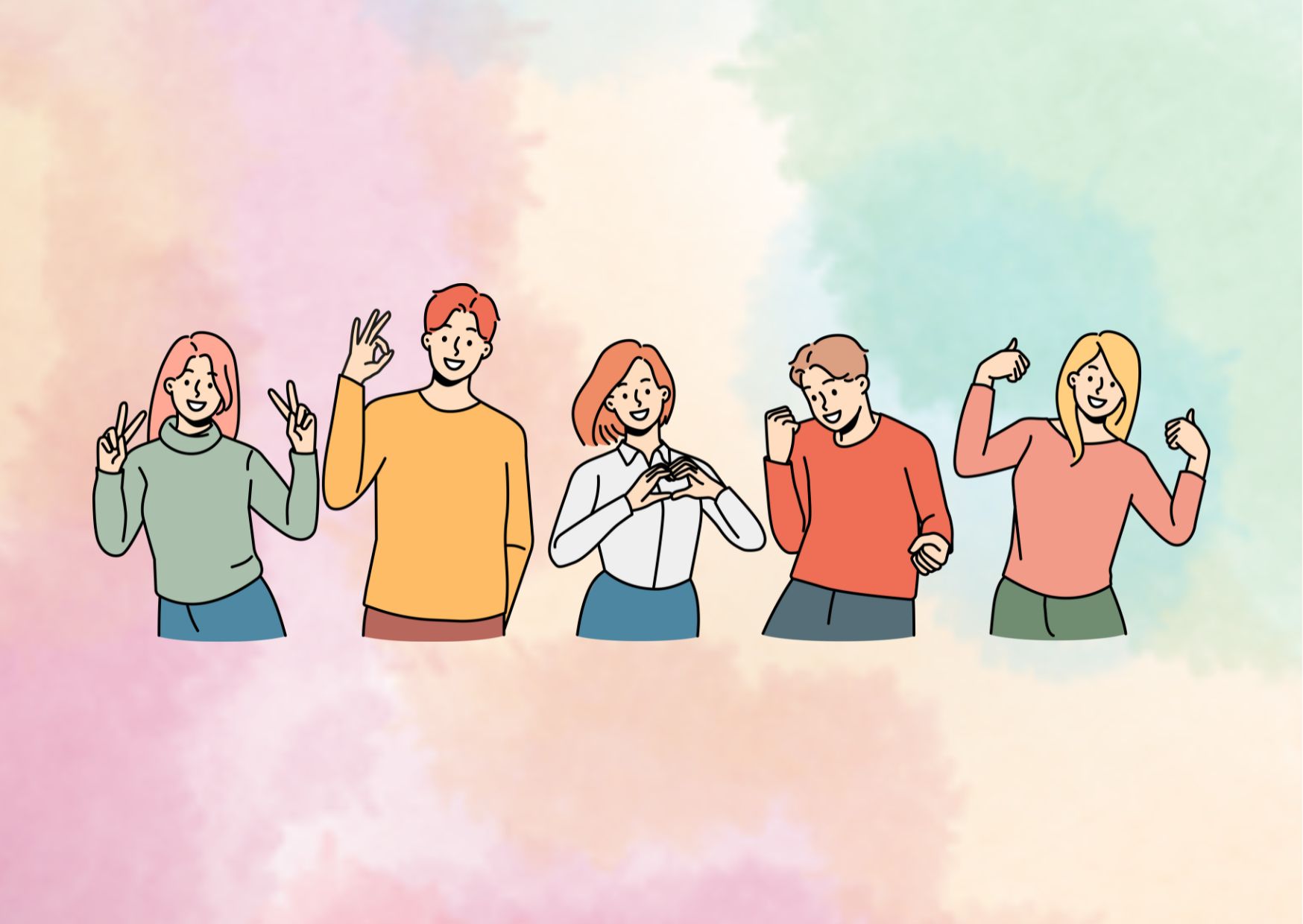The Power of Nonverbal Communication in Building Strong Relationships
In today’s fast-paced and interconnected world, effective communication is more important than ever. While verbal communication is essential, nonverbal communication plays a significant role in building and maintaining strong relationships. Nonverbal cues such as body language, facial expressions, and gestures can convey powerful messages and deepen the connection between individuals. Understanding and harnessing the power of nonverbal communication can lead to stronger bonds, improved understanding, and overall relationship satisfaction.
What is Nonverbal Communication in Relationships?
Nonverbal communication encompasses any form of communication that does not involve spoken or written words. It includes body language, facial expressions, eye contact, touch, tone of voice, and even the use of personal space. These nonverbal cues often reveal emotions, attitudes, and intentions that may not be explicitly expressed through words. In relationships, nonverbal communication serves as a powerful tool for understanding and connecting with our partners on a deeper level.
The Importance of Nonverbal Communication in Relationships
Nonverbal communication is essential for building trust, fostering empathy, and creating a sense of intimacy in relationships. It adds layers of meaning to verbal messages and helps convey authenticity, warmth, and sincerity. Research suggests that nonverbal cues contribute significantly to how messages are received and interpreted. In fact, studies have shown that nonverbal communication accounts for a significant portion of the overall communication process, with some estimates suggesting that it makes up as much as 55% of the message.
Understanding Nonverbal Cues
To improve nonverbal communication in relationships, it is crucial to understand and identify different nonverbal cues. Here are some common nonverbal cues and their significance in relationship dynamics:
Body Language
Body language refers to the movements, postures, and gestures we use to express ourselves. It can indicate openness, attentiveness, and receptiveness or, conversely, defensiveness, disinterest, and detachment. Paying attention to your partner’s body language can provide valuable insights into their feelings and emotions.
- Crossed arms and a closed-off posture may signal defensiveness or a lack of receptiveness to communication.
- Leaning in and maintaining an open posture can indicate engagement and interest in the conversation.
- Mirroring your partner’s body language can create a sense of connection and rapport.
